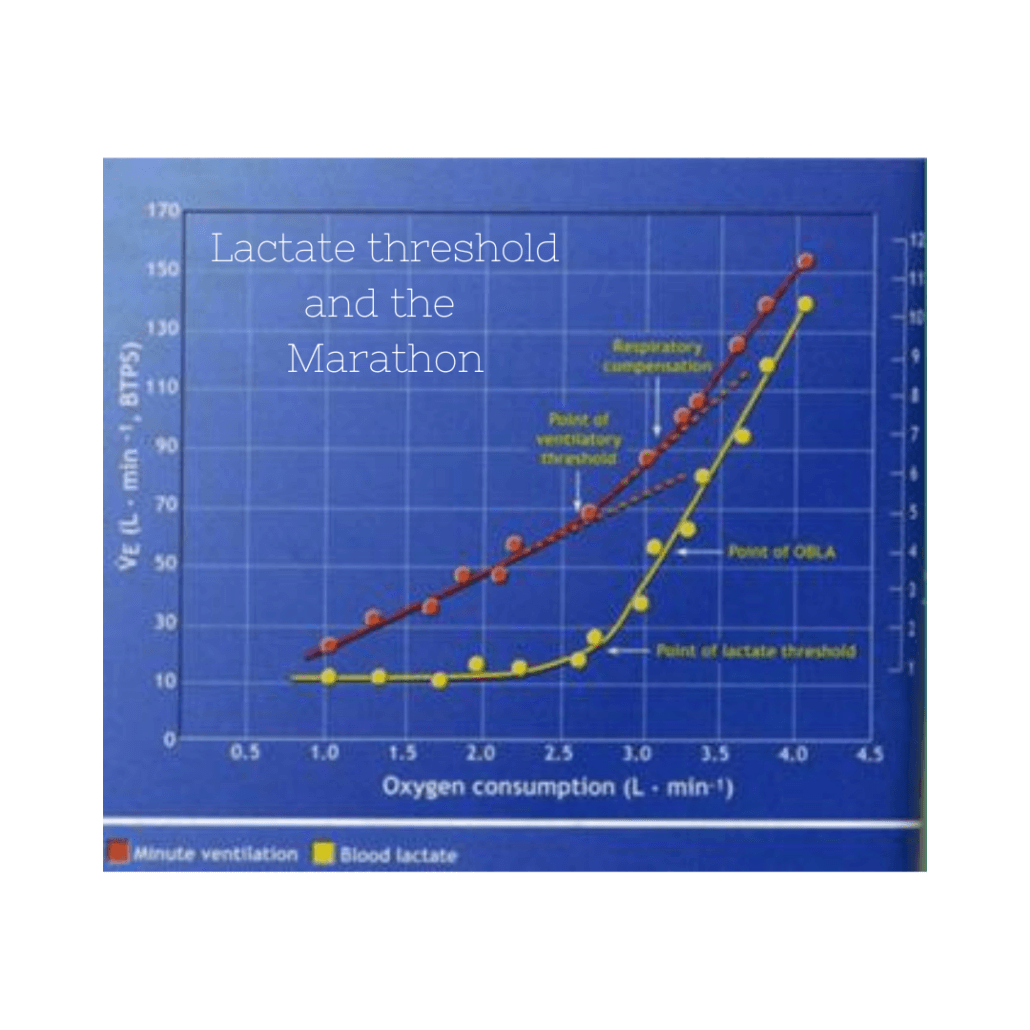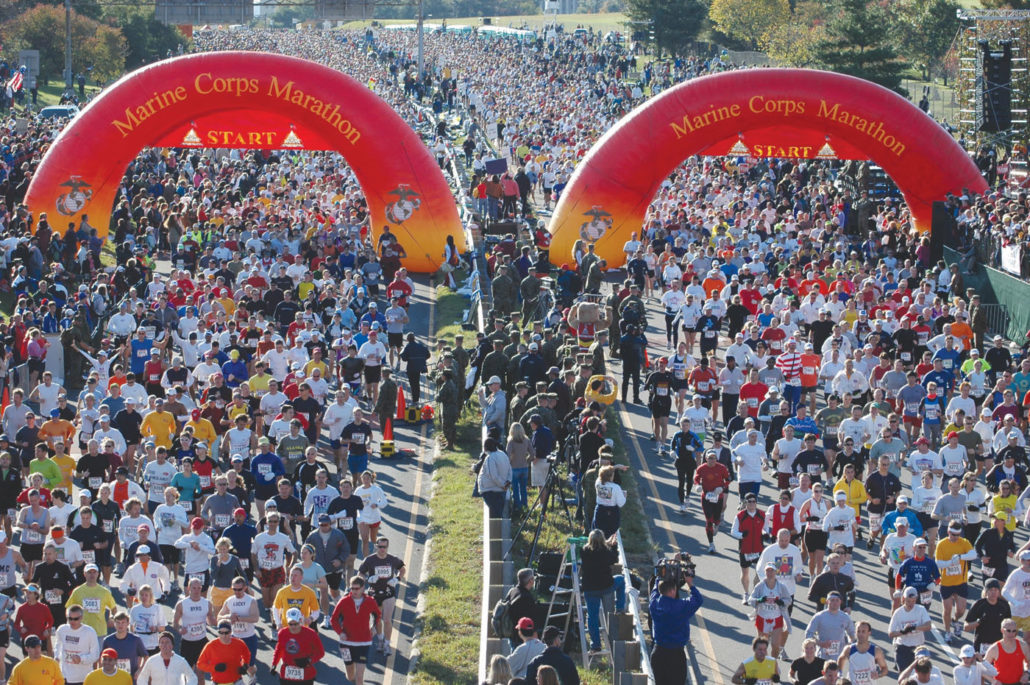An athlete’s question: Hill repeats or hilly run?

I really like these and maybe we should make it a regular part of blogging! I got another great question from Jill, an athlete we wrote a custom schedule for. She emailed me a very simple question that doesn’t have a simple answer: “What is better hill repeats or a hilly run at marathon pace?” Great question! The answer is… Both! Thanks for reading, have a great day!
Just kidding! The answer is both, but for other reasons. Let’s first look at hill repeats. Let’s ask ourselves what the main purpose is of hill repeats is? What is the benefit? Well, we know they’ll make us stronger, so let’s knock that one out of the way. One big aspect of hills is that it is a great form of speed work, or working at close to VO2max effort (not pace). With shorter, but faster hill repeats we are working very close to our VO2max if we are hammering hard up a 1-4 minute hill a few times in a row. You can tell just by how hard that you are breathing that you are working hard, right? With that, we are working on some neuromuscular components as well. With the intense effort, we begin recruiting all of our muscle fiber types to help out. This eventually “opens” up channels to some fast and intermediate twitch muscle fibers that you didn’t even know you had. At the end of the day, think of hill repeats as helping more with overall strength and top end components- lactate buffering, VO2 max, and things like that.
A final note about short hill repeats is that I will use them as gateways towards other workouts. With Boston Marathon people, what I will do is start out with UP hill repeats and a slow recovery back down the hill. Eccentric contractions are crucial for hill running, but they beat you up pretty good in the process. Over time, we’ll adjust and hard UP hill repeats, recover, and then DOWN hill repeats to prepare their legs for the thrashing they’ll get over 26 miles.
What about a tempo run on a hilly course? You’ll get a lot of benefit from theses, both physiologically and structurally. You’ll build your strength obviously, but it’s more like lifting 2 sets of 20 reps of medium weight, compared to like lifting 2 sets of 8 reps as hard as you can with hill repeats. You’ll still get muscle fiber recruitment too, simply because you’ll fatigue your muscles with a fairly intense effort over 30-70 or 80 minutes. For marathoners, that’s great because it’s very race like. These are all great benefits, but to me, one thing we can’t overlook is their eventual impact on our ability to judge effort and pace. For instance, right now, many people have awoken from treadmill hibernation, where they’ve simply set the pace on the hamster wheel and zoned out to their latest podcast of Dateline, or whatever you listen too. Now, they go outside and after letting their eyes recover from the new found sun, realize that there are hills and turns and beautiful scenery. I’m partly kidding, but you know what I mean- we forget and have forgot if we haven’t run in situations where we need to say, “man my pace is slow, but it certainly feels like a hard effort.” I reference back to folks training for Boston. There’s only small section of that course where it’s really flat. It seems like that you are either going up or down most of the time. This means splits will be fast and splits will be slow. It may be hard to find a rhythm. If you’ve practiced pace and effort on hills, then you’ll have more confidence and trust yourself that the effort is there and in the end, the pace will average out.
So there you have it, they are both important but for different reasons. Both have a place in training and can be utilized to your benefit.
– Luke




